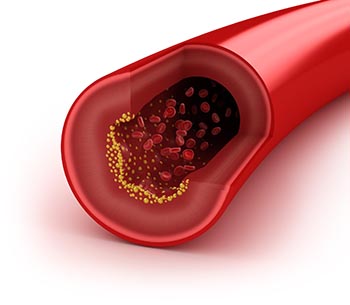In new findings recently published online in the American Journal of Cardiology, University of Alabama at Birmingham (UAB) experts found that 81 million adults in the United States have high cholesterol; however, only 61 percent were aware of their diagnosis.
 Using data from the nationwide National Health and Nutrition Examination Survey (NHANES), lead study author Paul Muntner, Ph.D, professor in the Department of Epidemiology, said that while the awareness of high cholesterol increased from 49 percent of those with high cholesterol in 1999-2000 to 63 percent in 2003-2004, it did not increase further by 2010.
Using data from the nationwide National Health and Nutrition Examination Survey (NHANES), lead study author Paul Muntner, Ph.D, professor in the Department of Epidemiology, said that while the awareness of high cholesterol increased from 49 percent of those with high cholesterol in 1999-2000 to 63 percent in 2003-2004, it did not increase further by 2010.
Among U.S. adults aware of their high cholesterol, the percentage receiving pharmacologic treatment, typically with a statin, increased from 41 percent in 1999-2000 to 70 percent in 2009-2010. Of those treated for high cholesterol, 45 percent were able to achieve recommended levels in 1999-2000. In 2005-2006, 65 percent were able to achieve the same. Control of LDL cholesterol (bad cholesterol) did not increase between 2005-2006 and 2009-2010; it was 64 percent in 2009-2010.
“High cholesterol is a heavy burden among adults in the United States, and our findings document that,” Muntner said. “It’s important to track the unmet needs and highlight missed opportunities to treat people, and lower their risk for having heart attacks and strokes.”
Muntner believes the publishing of new guidelines for the treatment of high cholesterol in 2001 by the National Institutes of Health may have resulted in a surge of awareness of the importance of knowing cholesterol levels, and that perhaps newer guidelines could boost awareness again.
“Hopefully individuals with high cholesterol will be treated appropriately but also undertake lifestyle changes (e.g., eat a diet lower in saturated fat, lose weight, participate in physical activity) to help control their cholesterol levels,” Muntner said. “Given the high prevalence of high cholesterol in the U.S. population, undertaking lifestyle changes is important — for the full U.S. population, and not just those who already have high cholesterol. Prevention, as well as treatment, is important.”